MalteseThe Elegant Toy Companion 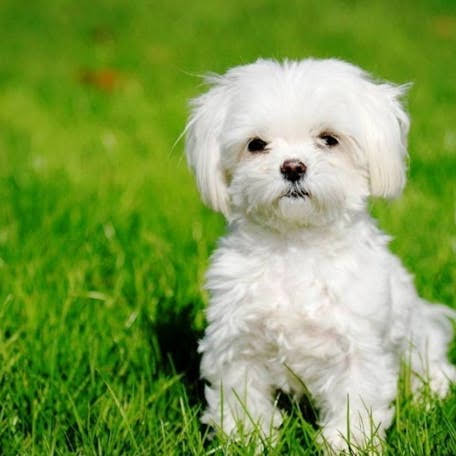
🟢 Highly Hypoallergenic Breed
🏷️ Key Characteristics
Size: Small (7-9 inches / 18-23 cm)
Weight: 4-7 pounds (1.8-3.2 kg)
Lifespan: 12-15 years
Activity Level: Moderate
Grooming Needs: High
Hypoallergenic: Yes ✅
🏛️ Origin & History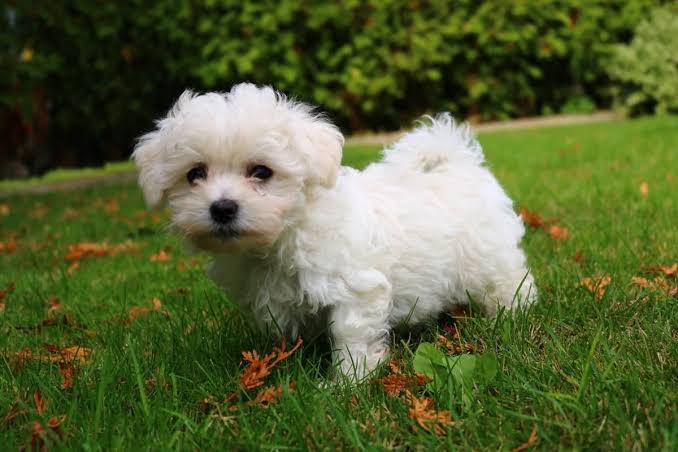
The Maltese is one of the world's oldest toy breeds, with a history spanning over 2,000 years. Despite its name, the breed's exact origins are debated among historians, though it's believed to have developed in the central Mediterranean region. The breed was particularly cherished by ancient civilizations, including the Greeks, Romans, and Egyptians, who considered these small dogs symbols of nobility and luxury. Throughout history, the Maltese has been a favorite companion of aristocrats and royalty. The breed appeared in the courts of European nobility during the Renaissance and was particularly popular among wealthy ladies who carried these tiny dogs in their sleeves or lap pouches. The breed's silky white coat and gentle temperament made it an ideal companion for indoor living in palaces and grand homes. The modern Maltese was refined in the 19th century, with careful breeding programs focusing on maintaining the breed's distinctive coat and small size. The American Kennel Club first recognized the Maltese in 1888, and since then, it has remained one of the most popular toy breeds worldwide, prized for both its beauty and its hypoallergenic qualities. 💕 Character & Temperament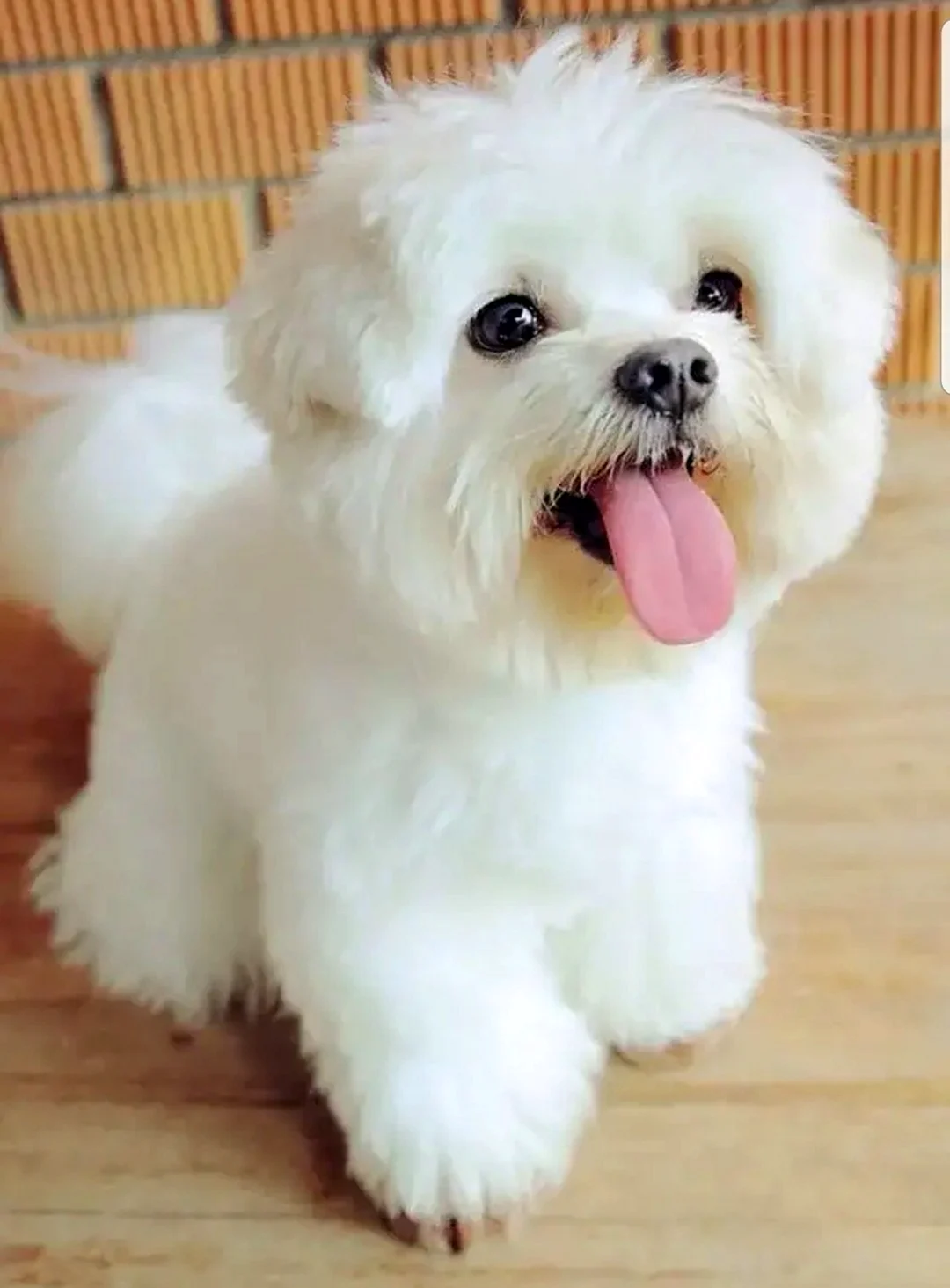
The Maltese is renowned for its affectionate, gentle, and playful temperament. Despite their small size, these dogs possess a confident and fearless personality that often surprises their owners. They are incredibly devoted to their families and form strong bonds with their human companions, often becoming particularly attached to one person in the household. These dogs are naturally alert and make excellent watchdogs, despite their diminutive stature. They will bark to alert their owners of visitors or unusual sounds, though they are generally not aggressive. Maltese dogs are intelligent and eager to please, which makes them relatively easy to train, though they can sometimes display a stubborn streak typical of toy breeds. Socialization is crucial for Maltese puppies to ensure they develop into well-rounded adults. While they are generally good with children, their small size makes them better suited for families with older, more careful children. They typically get along well with other pets when properly introduced, though they may try to assert dominance over much larger dogs, unaware of their size limitations. 👀 Physical Appearance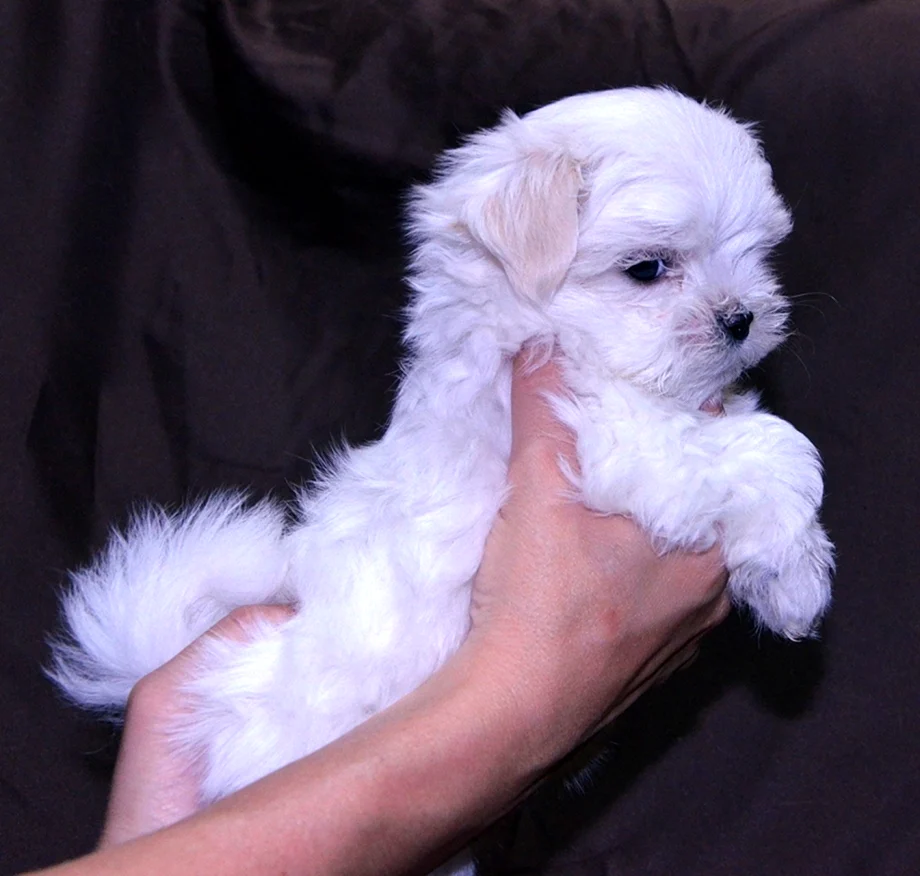
The Maltese is a compact, elegant toy dog with a distinctive silky, white coat that flows to the ground. Their coat is single-layered, straight, and lacks an undercoat, which contributes significantly to their hypoallergenic properties. The hair on their head is often tied up with a topknot to keep it out of their eyes, giving them an adorable and refined appearance. These dogs have a slightly rounded skull with a black nose and dark, round eyes that express intelligence and alertness. Their ears are drop-shaped and heavily feathered with long hair. The body is compact and well-proportioned, with a level topline and a tail that curves gracefully over the back, also adorned with long, silky hair. The breed standard calls for a pure white coat, though light tan or lemon markings on the ears are acceptable. Their gait is smooth and flowing, giving them an almost floating appearance when they move. Adult Maltese typically stand 7-9 inches tall at the shoulder and should maintain a weight between 4-7 pounds to stay within breed standards. 🏃 Activity Needs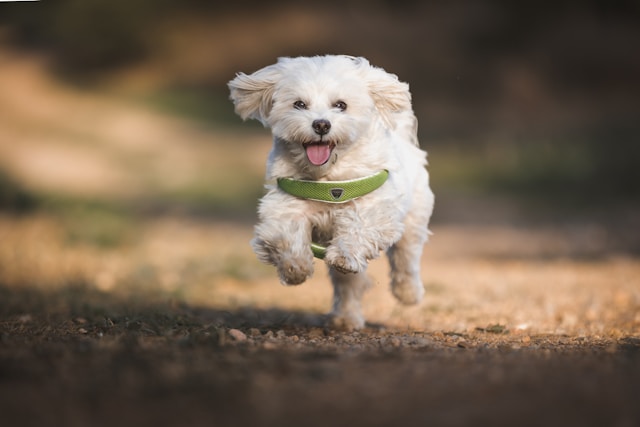
Despite their small size, Maltese dogs have moderate energy levels and require daily exercise to maintain their physical and mental health. A couple of short walks per day, combined with indoor play sessions, typically meets their exercise requirements. These dogs are well-suited to apartment living due to their size and moderate exercise needs. Interactive play is particularly important for Maltese dogs, as they enjoy engaging with their owners through games like fetch, tug-of-war, or hide-and-seek. Mental stimulation through puzzle toys, training sessions, and new experiences helps prevent boredom and destructive behaviors. They also enjoy supervised outdoor exploration in secure, fenced areas. Due to their delicate build, Maltese dogs should be protected from rough play and extreme weather conditions. They can be sensitive to very hot or cold temperatures, so indoor exercise may be necessary during extreme weather. Swimming should be supervised, as their long coat can become heavy when wet, making it difficult for them to stay afloat. ✂️ Grooming Care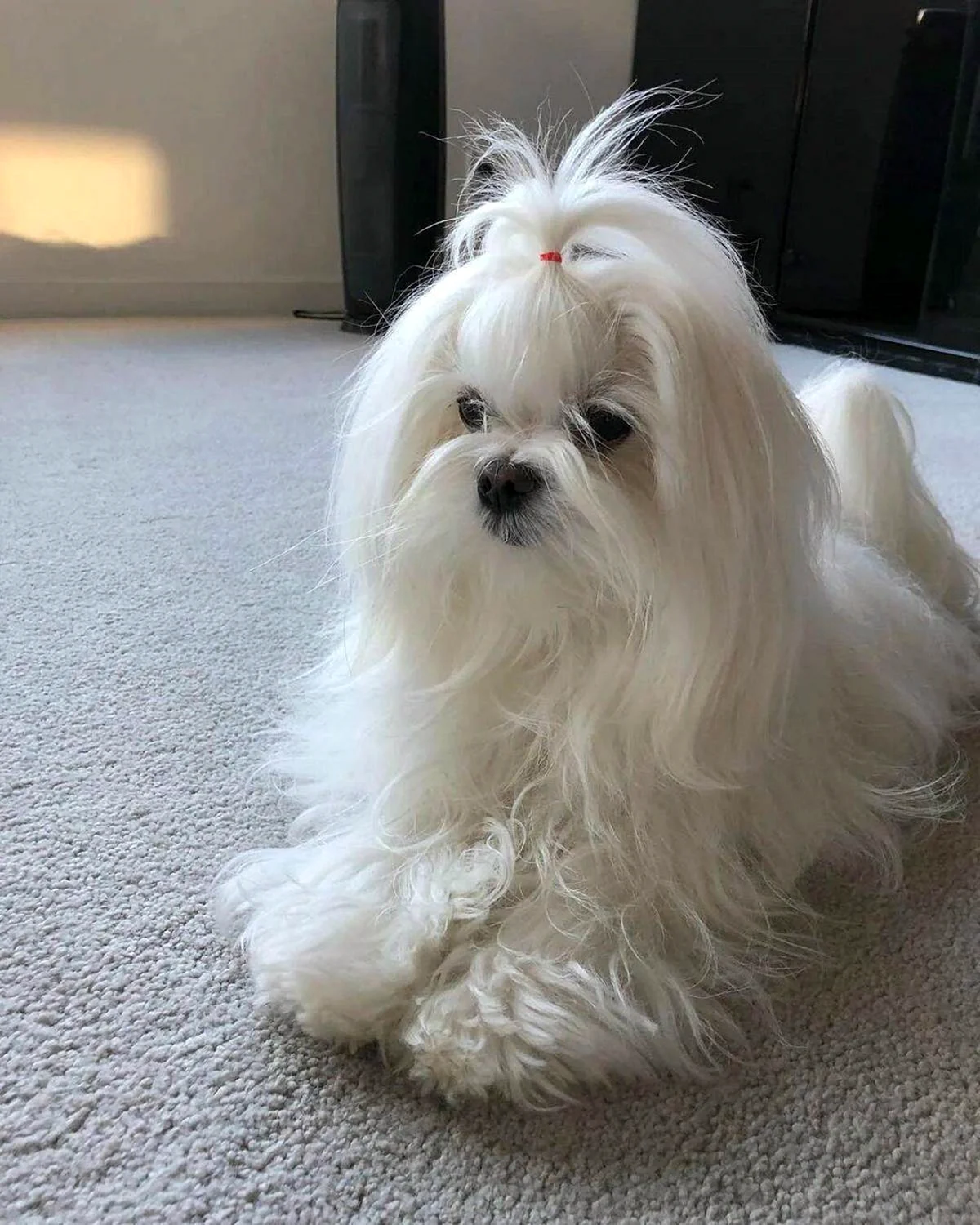
The Maltese requires extensive grooming due to their long, silky coat. Daily brushing is essential to prevent matting and tangling, which can become painful for the dog and difficult to remove. A high-quality pin brush and metal comb are necessary tools for maintaining their coat. Many owners choose to keep their Maltese in a shorter "puppy cut" to reduce grooming requirements. Regular bathing is necessary, typically every 2-3 weeks, using a gentle, high-quality dog shampoo designed for white coats. The coat should be thoroughly dried after bathing to prevent skin issues. Professional grooming every 6-8 weeks helps maintain the coat's health and appearance, with services including nail trimming, ear cleaning, and dental care. Special attention should be paid to the area around the eyes, as Maltese dogs can develop tear stains that discolor their white coat. Daily cleaning with appropriate tear stain removers or gentle wipes helps maintain their pristine appearance. Regular dental care is also crucial, as toy breeds are prone to dental issues due to their small mouths and crowded teeth. 🍽️ Nutrition Needs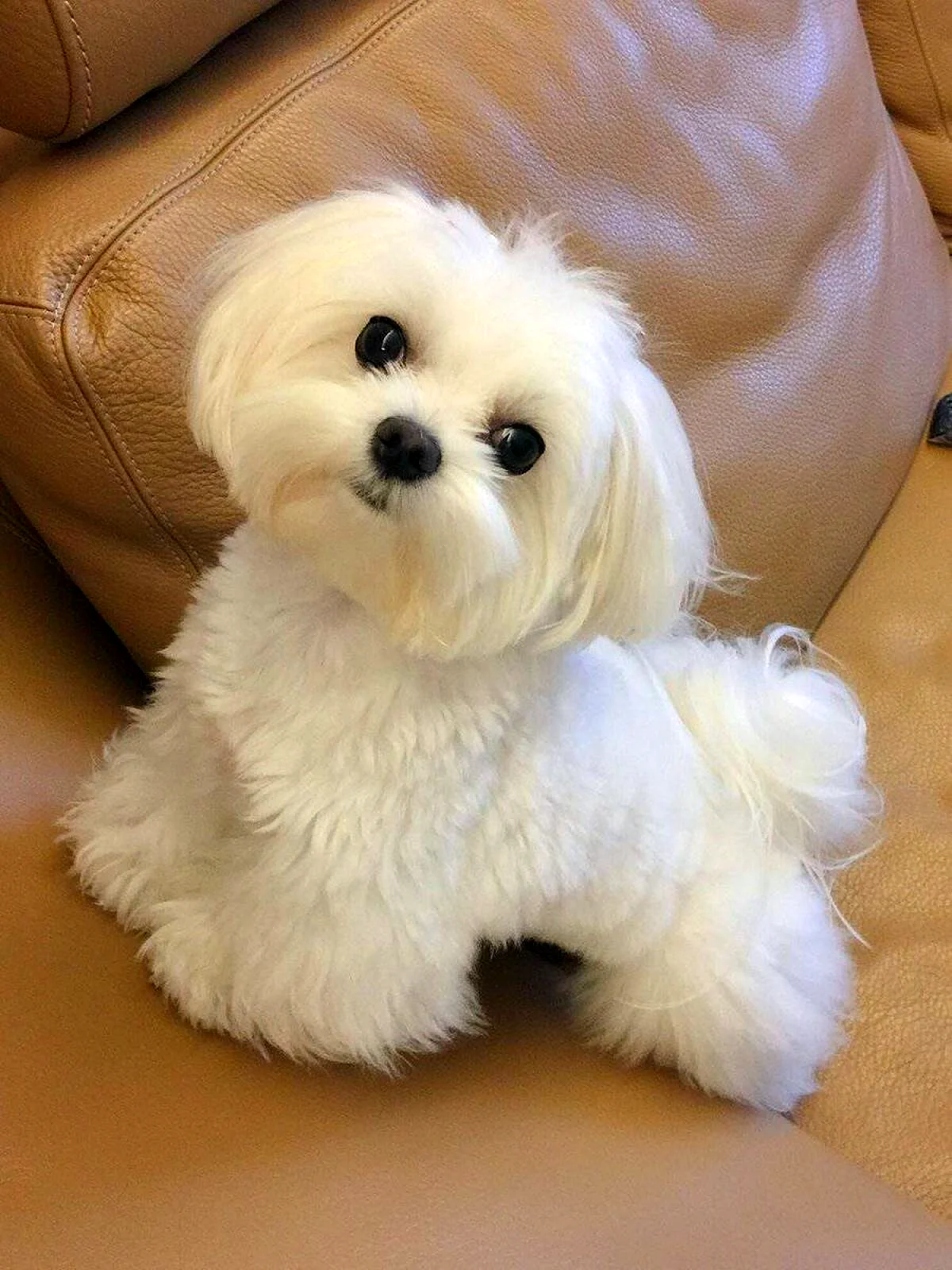
Maltese dogs require a high-quality diet formulated specifically for small or toy breeds. Their small mouths and delicate teeth benefit from smaller kibble sizes that are easier to chew and digest. Due to their small stomach capacity, they should be fed smaller, more frequent meals throughout the day rather than one or two large meals. Adult Maltese typically require between 1/4 to 1/2 cup of high-quality dry food daily, divided into two meals. Puppies may need to eat more frequently, often 3-4 small meals per day. The exact amount depends on the dog's age, size, activity level, and metabolism. It's important to monitor their weight carefully, as even small weight gains can be significant for such tiny dogs. Fresh water should always be available, and treats should be given in moderation to prevent obesity. Some Maltese dogs may have sensitive stomachs or food allergies, so it's important to introduce new foods gradually and consult with a veterinarian about the best dietary options. Avoid foods that are toxic to dogs, such as chocolate, grapes, onions, and garlic. 👨👩👧👦 Suitable For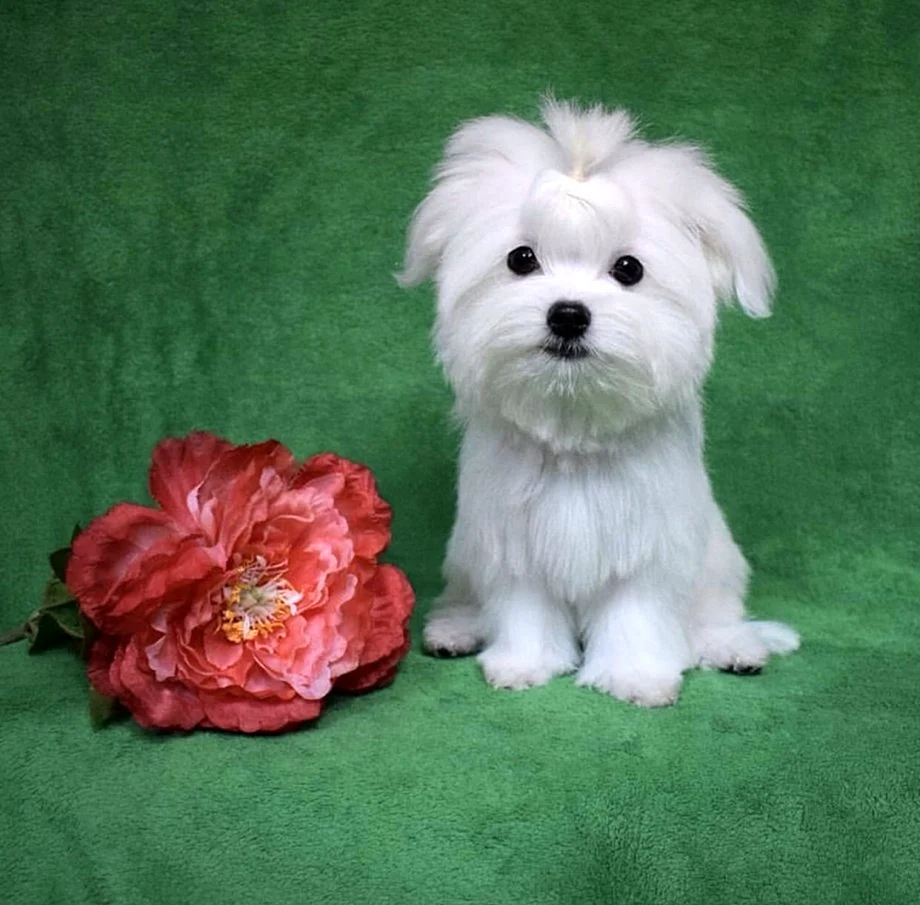
Families with ChildrenMaltese dogs can be wonderful family pets, but they are better suited for families with older, more responsible children (ages 8 and up) who understand how to handle small dogs gently. Their delicate size makes them vulnerable to injury from rough play or accidental dropping, so supervision is always necessary around very young children. Apartment LivingThese dogs are excellently suited for apartment living due to their small size and moderate exercise requirements. They don't need a large yard and can meet most of their exercise needs indoors or with short walks. Their alert nature makes them good watchdogs for apartment dwellers, though their barking should be managed to avoid disturbing neighbors. First-Time vs. Experienced OwnersMaltese dogs can be suitable for first-time dog owners who are committed to their grooming needs and understand the requirements of toy breeds. However, their grooming intensity, potential for separation anxiety, and sometimes stubborn nature may be challenging for completely inexperienced owners. They respond well to consistent, gentle training methods and positive reinforcement. ⚖️ Pros & Cons✅ Advantages
❌ Challenges
❓ Frequently Asked QuestionsAre Maltese truly hypoallergenic?
Yes, Maltese dogs are considered highly hypoallergenic due to their single-layer coat that sheds minimally and produces less dander than double-coated breeds. However, no dog is 100% hypoallergenic, and individual reactions can vary. Learn more about Maltese hypoallergenic properties. How often should I groom my Maltese?
Daily brushing is essential to prevent matting. Professional grooming should occur every 6-8 weeks, with baths needed every 2-3 weeks or as necessary to maintain coat cleanliness and health. Do Maltese dogs bark a lot?
Maltese can be vocal dogs and may bark to alert their owners or when excited. Early training and socialization can help manage excessive barking behaviors. Can Maltese live in cold climates?
Maltese dogs are sensitive to cold weather due to their small size and single coat. They need warm clothing during cold weather and should have limited outdoor exposure in freezing temperatures. How much exercise does a Maltese need?
Maltese dogs need moderate exercise consisting of two short walks daily plus indoor play. About 30 minutes of total activity per day is usually sufficient for most Maltese dogs. Are Maltese good with other pets?
With proper socialization, Maltese dogs generally get along well with other pets. However, they may try to assert dominance over larger dogs and should be supervised around cats until relationships are established. What health issues are common in Maltese dogs?
Common health concerns include luxating patella, dental issues, hypoglycemia, collapsing trachea, and eye problems. Regular veterinary checkups and preventive care help maintain their health. 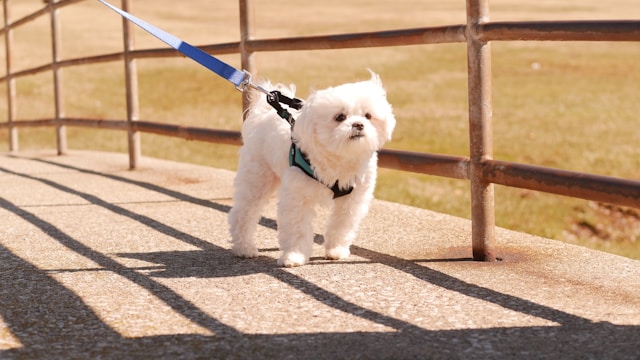
🌟 Perfect Companion ChoiceThe Maltese combines elegance, affection, and hypoallergenic qualities in a small, manageable package. While they require dedicated grooming care, their loving nature and minimal shedding make them ideal companions for those seeking a beautiful, allergy-friendly toy breed. | |
|
| |
| Переглядів: 126 | | |
| Total comments: 0 | |